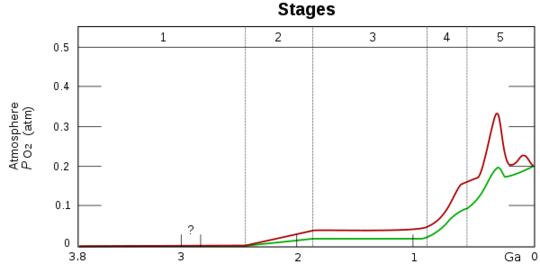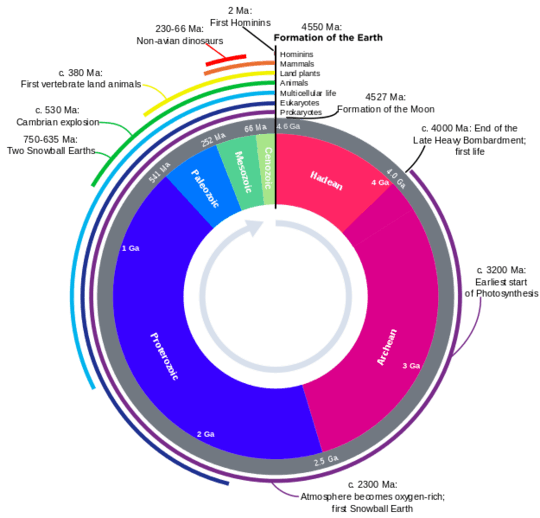I'd like to know more about your phrase "be dropped".
Does that mean with a group with technology (seeds & animals, oxygen concentrators, tent/dome cities, etc)? Or, just a group of people who were walking the street? Or, living in a prison (ie: Assiti Shard series: Time Spike)?
I've got issues with Time Spike; apple trees need frost to fruit, which probably won't occur in the Cenozoic era.
And without fruiting plants, where're you going to get edible plant food from? Ferns make spores, not seeds that we can eat (like grains; rice, wheat or corn), and tubers weren't mentioned at all.
An all-meat diet is going to be tough, without vitamins and roughage.
If you can take seeds with you, and have time enough to wait for stable levels of crops to grow, then you just need to be in the correct atmosphere. Temperatures are something you can deal with, if you've got shelter/technology to handle it (got a nuclear powerplant and plenty of fuel? No problem - greenhouse it all the way. Heck make grow lights and go totally underground). 'Handling it' means getting through the first couple of months/years while you set up your living situation; you'll need to have food sources to feed people for all of that time, until you can get crops in.
If you've got enough technology, you can go anywhen that's not molten (and the Hadean wasn't all molten), and generate your own oxygen; develop your own soil, grow your own plants and animals.
You're probably going to be fine with diseases. Most diseases require hosts in order to become really effective. The biggest issue is that our diseases are a lot more virulent than populations of primates (cough humans cough) in the past could have handled. We'd most likely wipe out them.
Water isn't going to be a big issue. Minus the fact that you need to treat it, some water sources now are naturally arsenic and will poison people. So water has, and currently can, be deadly. But if you do the right filtering, or distillation - not a problem. Drinking random water is ill-advised.
Hmm, my comment got deleted?
Inuit and Sami are the only ones that even come close, but only 6-9 months of the year, not year-around.
Yeah, you need to eat all of the animal, including boiling up the hooves.
Uhh, merge what? I don't have two accounts.



This maybe should be migrated to http://earthscience.stackexchange.com/ ?
– Alex - Stop it SE – 2014-11-17T06:22:42.2305@Alex I think it's fine here. It fits within this site's scope (albeit possibly peripherally), has been well received by the community, has received good answers here, and isn't necessarily on topic on [earthscience.se]. Even if it is on topic on Earth Science, when a question is on topic on more than one site (which isn't at all uncommon in our case) the OP generally gets to decide where it goes. – a CVn – 2014-11-17T10:29:44.610
@Alex and Michael: See this old blog post about which community to post on: http://blog.stackoverflow.com/2012/03/respect-the-community-your-own-and-others/
– Scimonster – 2014-11-17T12:45:59.1534If you use humans like me, please wait for the invention of the supermarket, so I have a small chance to survive in a world without internet order and pizza delivery. – Alexander – 2014-11-18T13:39:41.647
2Are you interested in any viewpoints a creationist might have on the subject? – Noctis Skytower – 2014-11-18T14:47:05.437
1No, i want science based answers like the question is tagged. – Sheraff – 2014-11-18T16:55:37.443